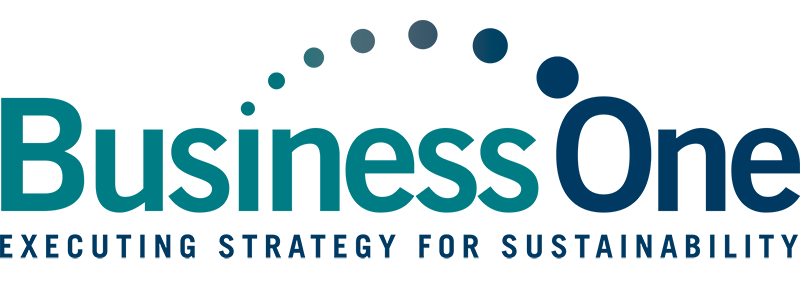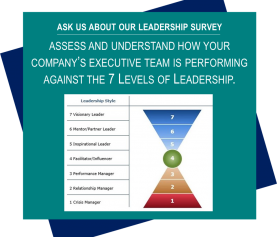Emergence of the Chief Remote Officer
The hybrid model and remote work is here to stay. The pandemic changed the typical working model of yesterday and organizations today are now pivoting to adopt the hybrid working model for the future.
What does this mean? To thrive companies must now look at lessons learned from the impacts of the pandemic to implement a sustainable workforce strategy for the future.
When we look at the past two years, the pandemic forced companies to quickly make decisions and adopt new ways of working, while individuals had to adapt to the expectations of our jobs and our personal situations.
For many companies, the changes to enable a “work-from-anywhere” model was disruptive and done without formal processes. Those companies that were slow to respond saw employees reporting: lack of access to the right tools, challenges in connecting and collaborating with colleagues, and feeling disconnected from others and their organizations. Yet on the other hand we see other organizations that were quick to respond.
So what did they do differently?
To transform their workplaces, they shifted their mindset to embrace an agile working model and appointed dedicated individuals and teams to work together to find solutions to enable a collaborative and connected workforce. This entailed enabling flexible working arrangements and developing a long-term workforce strategy and implementation playbook. To lead this important mandate, we saw the emergence of the Chief Remote Officer, otherwise referred to as the CRO, to facilitate and streamline remote operations and oversee organizational change impacts to the organization.
Tasks of a Chief Remote Officer
The key responsibilities of the Chief Remote Officer are to spearhead, manage, monitor and address the key challenges with the new ways of working. The list below includes some of the tasks of a CRO to support a “remote and digital first” approach in the information age.
Tasks may include but are not limited to:
- supporting Human Resources in the development and execution of a remote workforce strategy
- facilitating a remote first working group or committee to plan for the future and resolve challenges
- championing change and internal communications
- creating a consistent employee experience, regardless of location
- establishing a cohesive workplace culture and ensuring employee well-being
- ensuring connectivity of in-office and remote teams overseeing virtual tools and specialized software implementation
- spearheading initiatives to support and enable a hybrid architecture and distributed working model
- redesigning in-office workspaces
- promoting a growth mindset and agile model
- developing training programs for managers to support, coach, and evaluate remote workers and
- conducting audits for compliance to ensure workers have everything they need to seamlessly and securely work from anywhere.
Organizations most likely to thrive in the digital era will dedicate this type of senior level executive to oversee this significant transformation and the #FutureOfWork while also being mindful of the needs of “knowledge workers” of today who seek work/life balance.




